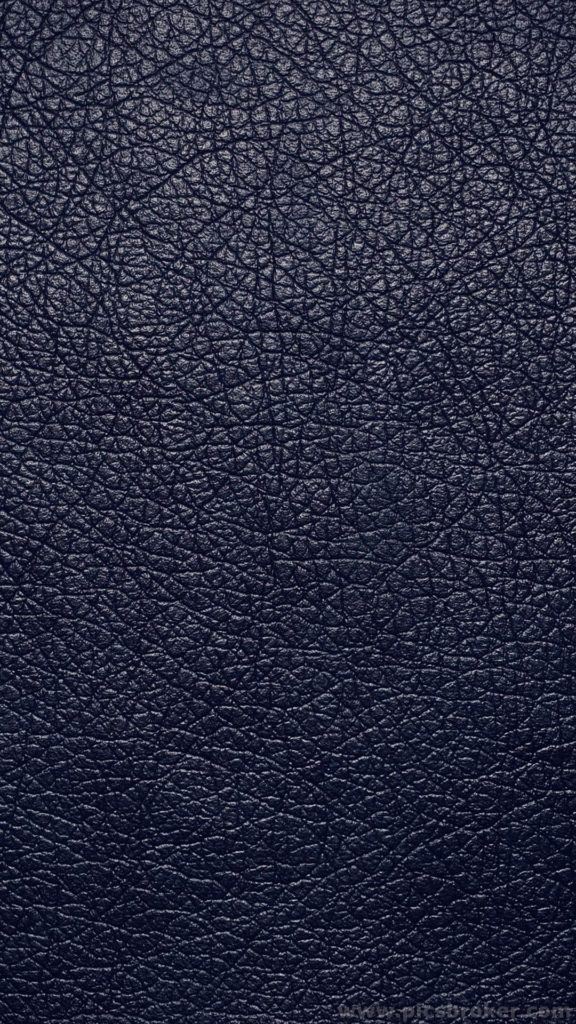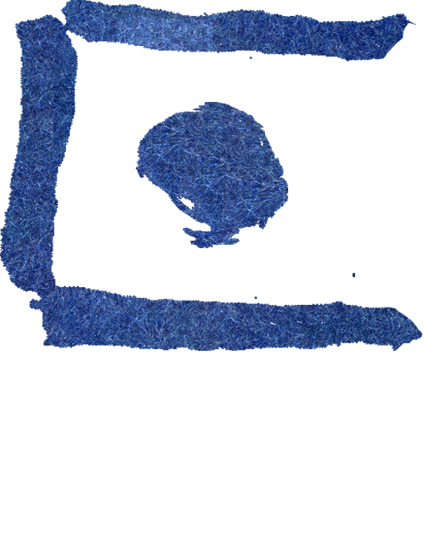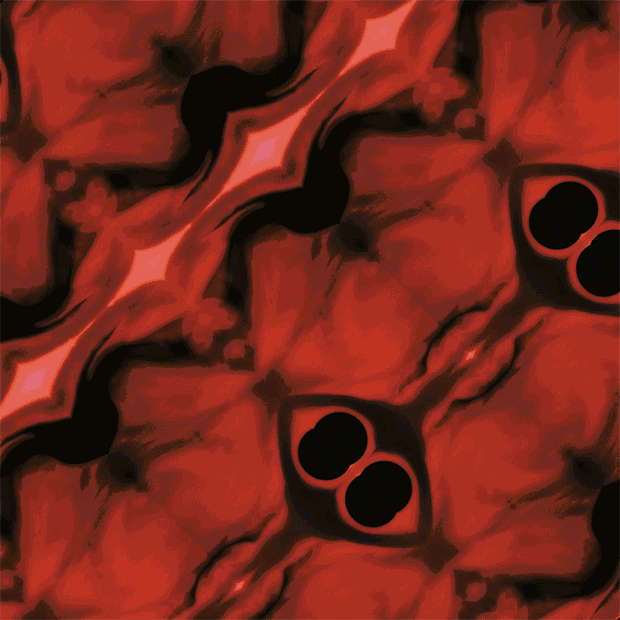RESIDENCY REPORT – VR Residency in Switzerland
Report – VR RESIDENCY CRANS-MONTANA WORLD VR FORUM 4th of June – 31st of July 2018, written by VALERIE FELIX Valérie Félix / Both an art historian specialized in cultural and digital studies and a visual artist. With a background in teaching and managing residencies (overseas and by setting up her own residency), she is also active in research with publications and presentations. She lives and works in Switzerland. Manager of the residency WVRF18 + 41 77 405 05 82 valerie.felix@worldvrforum.com Introduction Since 2016 Crans-Montana hosts a global summit of Virtual Reality (VR) and Augmented Reality (AR), bringing together three days of conferences, a competitive festival and a market. For the first time this year World VR Forum in partnership with Crans-Montana, Valais Wallis Promotion and the Department of Culture of the Canton of Valais has set up a VR/AR residency in Crans-Montana (Valais / Switzerland), thus offering an ideal setting for creation and development of new concepts while enhancing the potential of new economic opportunities in the region. In addition to hosting the WVRF Annual Summit we decided that, by extension, Crans-Montana should also become the place of an artist residency exclusively dedicated to VR and AR projects. The Sport Palace, in the heart of the village of Crans- Montana, was chosen as the place for the artist’s residency. Following a large-scale distribution of a call for papers, where we invited the artists from around the world to apply individually or as a team, the response of the artistic sphere has been unprecedented and beyond our expectations. A selection committee composed of international professionals met to distinguish the project encompassing artistic quality while combining innovation and technical requirements. After some deliberation, the project The Sea of Tranquility by Pierre Friquet was selected and a prototype of this project was developed during the two months. Committee: Presentation of the artists Pierre Friquet / A pioneer in virtual reality since 2010, Pierre Friquet has directed more than a dozen VR fictions, documentaries, music videos, dome and location-based experiences. Hailing originally from paris, and having lived in four continents Pierre’s vr clients include projects for ABC, FOX, and Reddit,… created under the umbrella of Ando + Pyare. He’s also a passionate conference panelist, patient workshop conductor and dedicated consultant. His VR original fiction (co-created with Ando Shah), JETLAG, won the best live-action award at the Kaleidoscope VR festival Vol. 1 and was selected at Cannes Next in 2016 . RED PATTERNS, a room-scale VR experience for the HTC Vive, was selected at the World VR Forum and was awarded at the Festival du Nouveau Cinema in Montreal. After lived in 4 continents he’s based now in Paris. He has joined the production company Providences. www.lair.tv/pierre www.andoandpyare.com Meredith Thomas is an artist and creative technologist based in Berlin. He studied biomedical engineering and science communication at Imperial College London. After moving to Berlin he became interested in creative uses of technology. His work now focuses on intersections between artistic tradition and practice and new technology. Suart Campbell, also known as Sutu uses art and technology in new ways to tell stories. He is an illustrator, interactive designer and writer. He is best known for Nawlz, a 24 episode interactive cyberpunk comic book series created for web and iPad. As part of BigHart?s YijalaYala Project, he has adapted traditional Australian Aboriginal stories into interactive iPad storybooks and created NEOMAD interactive comic, a space opera set in the Aussie outback. He has also created multimedia installations for the Australian National Museum and designed pilot training programs for the Australian Defence Force. His work has won Webby, FWA, ATOM and JMAF awards. Philip Miller is a composer and sound artist from South Africa whose work includes music for live performance, film, video and sound installation. Miller’s work has included among other the award winning choral composition, Rewind (2007) a cantata for voice, Celebrate Brooklyn, (New York), as well as The Baxter and Market Theatres (South Africa). His sonic works and installations have been also exhibited in famous places as the Venice Biennale. Miller has scored numerous soundtracks for film and television including his Emmy-nominated soundtrack to Miner’s Shot Down, HBO’s The Girl and BET’s The Bookof Negroes, and Roots. His long time collaboration with artist, William Kentridge includes the recent project Triumphs and Laments, (Rome 2016). Gavan Eckhart is a sound engineer, producer and owner at Soul Fire Studios in Johannesburg, South Africa. He has been working with Philip Miller and William Kentridge for more than 10 years and has recorded and mixed the sound for most of their collaborative works, as well as Miller’s extensive film score repertoire. His vast experience in theatre, TV, film and music culminates in the creative utilisation of sound technology for visual arts and music production. He also tours with top South African and international bands, including Freshlyground, Bombshelter Beast and Thandiswa Mazwai. He installs sound systems for museums and venues, and produces and mixes a variety of musical and visual artists, both in studio and on the road. Presentation of the residency’s project The Sea of Tranquility / 2018 by Pierre Friquet PRESENTATION / The Sea of Tranquility is an immersive installation of George Méliès’ adaptation of A Trip to the Moon, inviting visitors to swim in Virtual Reality, several at a time, simultaneously for a duration of 5 to 15 minutes. The piece includes the use of a one of a kind waterproof VR helmet to allow the visitor to float above the surface of the water and breathe with a snorkel, while being immersed on the lunar surface. The piece is a magic trick: floating in space. An experience that no one has tried but accessible to everyone. This simulation of absence of gravity offers a “space opera-féerie” which bypasses the brain for an immersion of all senses NARRATIVE SYNOPSIS / During an astronomy symposium, Professor Barbenfouillis surprises the audience by sharing his plans for a trip to the moon. Succeeding with the launch, six astronomers discover the lunar environment. Exhausted by their journey, they lie down on the ground and fall asleep. Upon awakening, they rush into an opening in the ground where they discover giant mushrooms and Selenites, an indigenous population of the Moon, who imprison them and present them to their king. One of the prisoners runs to the king, throws him to the ground and they all manage to escape, pursued by the Selenites. One of the pursuers remains attached to the body of the shell which heads back to Earth. Back, after falling into the sea, scientists are greeted as heroes and triumphantly expose their capture. INTERACTIVE DEVICE / The visitor embodies one of the characters among the group of astronomers who go on an expedition to the moon and must remain as calm as possible in the face of danger. Immersed in a virtual world, recreating the paintings of Méliès’ piece (the surface of the moon, the mushroom cave and the floating Selenite city), the visitor is invited to follow the narrative progression along with the characters in the 3D animation. The interactive device is based on the bodily behaviour of the visitor, that is to say, the longer he remains calm, the greater will be the reward: this implies the evaporation of threatening Selenites and the melody and modularity of the procedural music, which is broadcast in real time through sealed speakers. In the last scene, if the visitor has reached a certain level of stability, the supporting video and audio elements disappear and an ethereal minimalist landscape appears in which the goddess of the moon Phoebe arises, swimming around the visitor. CONCEPT / The visitor enters a scene reminiscent of a space shell in order to change. Inside, a multi-screen device projects the first Earth part of A Trip to The Moon, that is to say when Professor Barbenfouillis organizes for his colleagues the visit of the workshop where the space shell is being constructed, then the launch towards the moon with a giant cannon 300 metres long. Then, a voice broadcasts the instructions and defines the visitor as one of the characters among a group of astronomers who go on an expedition to the moon and have to remain as calm as possible in the face of danger. Once prepared, the visitor dives into the water container with the waterproof VR headset. Immersed in a 3D virtual world recreating the paintings of Méliès’ work, he is invited to follow the narrative progression by the animation of the characters, in a succession of 3 sequences (the surface of the moon, the cave with mushrooms and the floating Selenite city) the size of the giant Gulliver, the visitor is an active ghost: the fictional characters recognize his presence but he has no virtual body. The interactive device revolves around the bodily behaviour of the visitor, that is, the calmer he is, the more he is gratified at the same time by the evaporation of threatening Selenites and the melody of modular music, broadcast by waterproof speakers. In the last painting, all the video and audio elements disappear, leaving an ethereal minimalist landscape in which the moon goddess Phoebe emerges, swimming around the visitor. In other words, the less the visitor moves in the water, the more intense the poetic experience. After 5 or 15 minutes of experience, the visitor enters the last dry physics setting, inspired by a steamboat cabin, whose portholes broadcast the Earth sequence: that of the return to Earth after falling into the sea where scholars are welcomed as heroes and triumphantly expose their capture of a Selenite. Then, a statue representing Barbenfouillis is erected on the square of the city with the Latin inscription, “Labor omnia vincit” (A hard work overcomes everything). INSTALLATION / The complete installation is made up of 3 spaces, creating a multi-sensory journey whose scenography takes into account the practical aspects so as not to break the immersion in the fictional world of A Trip to the Moon: 1/ OBUS SPATIAL – Physical Decor recreating the space shell of the first part of the film. The space is used for changing and storing clothes in lockers. It will include a swimwear distributor of different sizes, for men and women. The artistic direction is inspired by the 19th century opera-fairytale visual universe. Accessories, motifs from the architecture of the film will complete the space-like decor, as imagined by Méliès as well as by HG Wells, in A Trip to the Moon. Behind the three observation windows many screens will broadcast over and over again the first Earth part of A Trip to the Moon. A gramophone will serve as a sound source for the voice-over. 2/ CONTAINER / SWIMMING POOL – Option A / Pool. An effort will be made to recreate a very expressive mood light. Option B / Container-pool, with a glass wall that will allow visitors waiting to contemplate the aquatic gestures of other visitors. 3/ BOAT CABIN – Physical decor recreating the cabin of a steamboat from the last part of the film, with a bed and neo-classical cabinets of the 19th century. In the same way as the first space, the artistic direction will be faithful to the fictional graphic universe of A Trip to the Moon. This space will be used to dry, find your personal locker for your belongings and change. Behind the three observation windows, there are many screens broadcasting in a loop the last Earth part of A Trip to the Moon. Like an astronaut, the visitor prepares to return to the normal world after returning to Earth. SOUND DEVICE / A commonly shared belief is that you cannot hear underwater. Filmmakers have always conceived of their aquatic sound design in an unintelligible way, composed of muffled sounds, like a scream in a pillow, but with more bubbles. This perception is in fact the opposite of the way human ears perceive aquatic sounds. The objective of this immersive installation of The Sea of Tranquility is to explore the psychophysical properties of underwater music and how it can be best be perceived by public in swimsuits. For the creation of the spatial soundscape, an omni-directional hydrophone, that is to say a waterproof microphone, will capture different sounds generated at different positions and distances in the water reservoir, creating a spatialization and an immersive sound environment. These sounds will be recorded live, and processed in real time, to create an aquatic spatialization. By applying digital sampling and manipulation techniques, these different sound signals will be linked to moving objects and the visual graphic landscape. They will compose an immersive sound environment in 3D. PRINCIPE D’INTERACTIVITÉ / In addition to the waterproof helmet with a mask and a snorkel, the visitor will wear a sensor around the chest. The Movesense is a versatile, lightweight and small sensor that is able to measure any movement of the body. Thus, the collected information is transmitted to the Unity server on a PC and will affect the number of Selenites on the screen, as well as the musical design thanks to a procedural approach. The behaviour of the visitor will influence the experiment by his heart rate and the movements of his body; the calmer he is, the more he is rewarded musically and visually, to the point of triggering an additional scene. TARGET AUDIENCE / The Sea of Tranquility is for the general public and is relevant to all ages, like Méliès’ piece whose universe will resonate in the minds of all curious visitors. The perception of the piece will change in accordance with the nature of the exhibition space (museum and art foundation), that is to say that it will be received either as a show that provokes unique sensations or as a poetic piece that revisits the cinematic masterpiece. In any case, everyone will be surprised to discover what it is to float in weightlessness. Also this piece addresses those disappointed in Virtual Reality in the first hours. Swimming in a virtual environment demonstrates that this new medium offers unique artistic and emotional experiences through this technology. DISTRIBUTION MODEL / The project is intended to be presented in places that can provide an opportunity for the users to immerse themselves in a piece in the context of a temporary event. We naturally think of museums, art galleries, institutions … More artistic than VR content, The Sea of Tranquility aims to unite with a partner with a space large enough to accommodate the piece in the form of an exhibition, with a ticket. We are thinking of places such as the Palais de Tokyo, the Gaïté Lyrique, the Mucem in Marseille … and the equivalents of these institutions around the world. We intend to launch it as a major world premiere at US VR Festival, and then to find a partner venue and to circulate it around different countries. At the same time, another trail we plan to blaze with this piece is water parks, however, more in a form of a fun event, which would have all its legitimacy in such a setting. DIFFERENT PLACES / Artists have chosen to explore several spaces, with the aim of putting the user into multiple and confusing universes: WVRF18 – Daily diary Report of the period between 4th of June to 31st of July 2018 / Par Pierre Friquet & team CONCLUSION / In September we will get another underwater headset / We will have to build our own hardware / Finding an exhibition is the key WVRF18 – Activities with the population of Crans- Montana Inviting everyone to come and experience the VR prototype was one of the most important aspects in the progression of the work. Very often, artists in residence find themselves in an ivory tower, outside of their private environment and far from familiar feedback. The residence torments artistic, reflexive and production habits. This is why a weekly follow-up is important for artists. During the two months of residence, the follow-up was done weekly. So, once a week the manager of the residence (Valérie Félix) went to Crans-Montana, in order to follow the production of the work, but also to develop a range of questions and axes of reflection for the artists – to challenge them, to check the elements that seem too generic, etc. This meeting also allowed him to immerse himself (literally and figuratively) in the concept of the growing work, in order to distinguish follow-up questions or strong aspects. This approach links theory to practice. That’s why residency monitoring is so important – it’s about the connection between the idea and the concrete. As noted in the logbook, it is with this idea that various testers have been able to try the VR m a s k – a r t i s t s , p ro f e s s i o n a l s a n d practitioners in VR, theoreticians, doctors and teachers, journalists and ordinary people, including many children. The dedication for this participation took place on the day of Sunday, 29 July, 2018, when the artists were able to test their project at Crans-Montana Beach Club. Thanks to on the spot participation, this experience allowed us to see how much the children loved VR and the three universes offered. In addition, the meditative aspect of the concept immediately caught on by the public. This type of meeting is incredibly rich, as far as dialogue (feedback) goes or simply for the human connection between the attendees. This pop-up event also gave us the advantage to promote World VR Forum and to affirm its importance in the cultural, artistic and innovative atmosphere of Crans-Montana. WVRF18 – Media coverage Thanks to the booth located at the market section of World VR Forum, the visual impact and the interest for the residency project were immediate. This visibility allowed us to meet artists, professionals in the cultural, artistic and industrial fields. This interdisciplinarity allowed this project to take off, affecting all spheres around VR. The social media posts were also frequently commented on and appreciated. Thanks to the partnership with Valais Wallis Promotion, Alpage Productions was able to follow the progress of the project The Sea of Tranquility for many hours. This archiving is important for the residence and for the project, and also for its distribution. Artist residencies are an anchor point in the contemporary art world, they allow the link between the artistic avant-garde and the confirmation of a practice. The visibility of an artistic residency is therefore a key element for its viability. As an organization engages in promotion of VR, World VR Forum makes every effort for the art and the local population (and on the global scale) to collaborate intimately through dialogue and experience. Conclusion It is therefore at the end of these two months of residence that this wonderful adventure ends, opening up on various possibilities for future collaborations. World VR Forum thanks you very much for your support and we look forward to presenting you the next year’s program!
Contact
4-7 of June:
8-10 of June:
10-18 of June:
19-30 of June:
1-13 of July:
14-20 of July:
21-31 of July:




